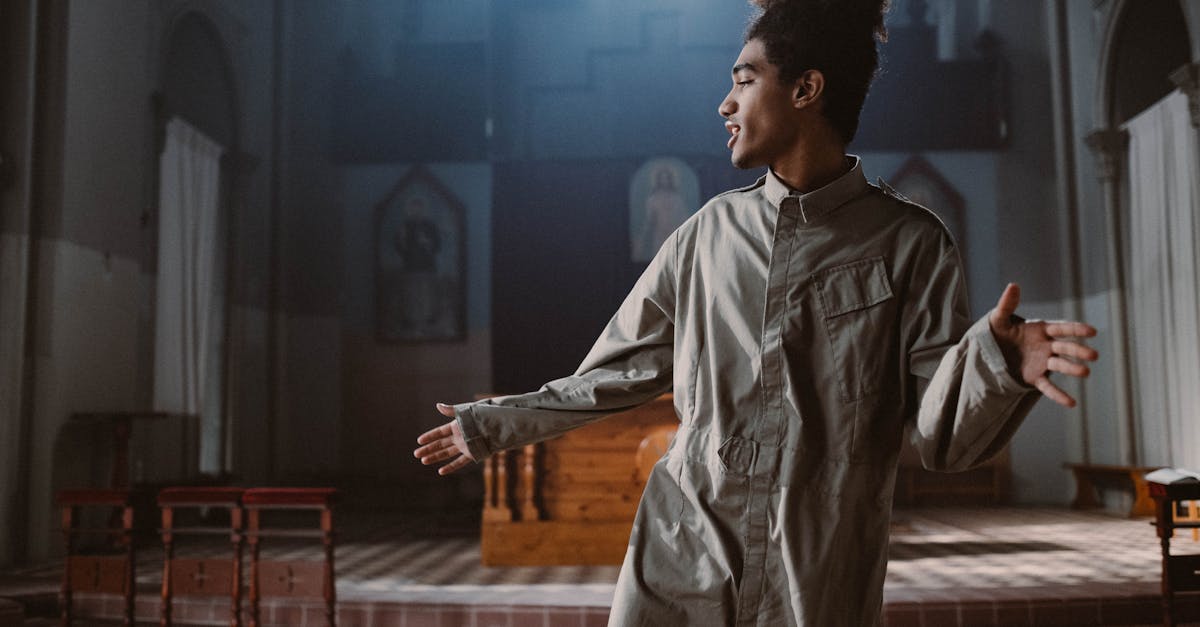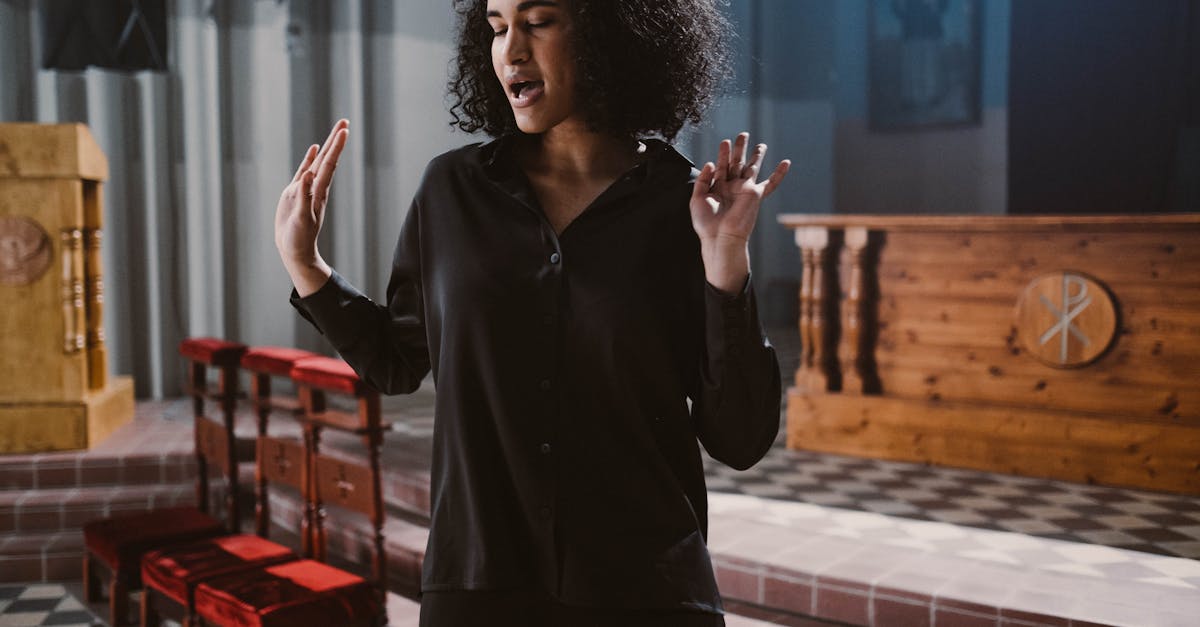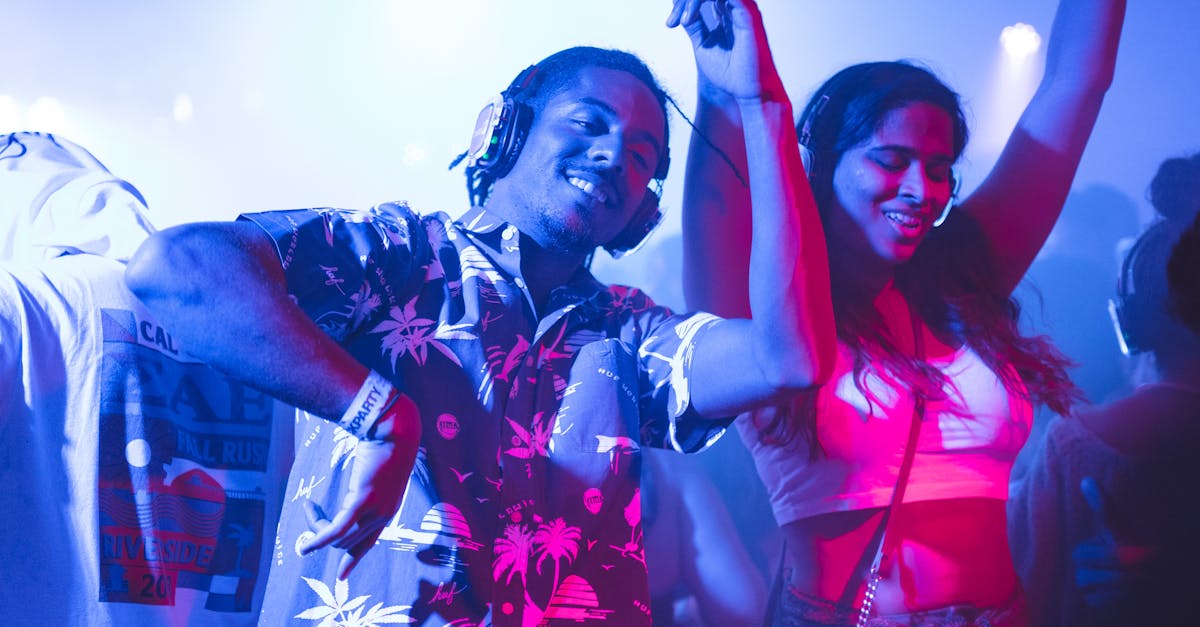Discover the infectious rhythms, rich cultural traditions, and diverse influences that make African music and dance truly one-of-a-kind. Join us as we delve into the mesmerizing world of African music and explore what sets it apart from all the rest.
Characteristics of African Music and Dance

African music and dance are deeply rooted in the continent’s rich cultural tapestry, reflecting the diverse traditions, beliefs, and histories of its people. From traditional drumming rituals to modern fusion styles, African music and dance showcase a unique blend of rhythms, melodies, and movements that captivate audiences worldwide.
the rhythmic heartbeat of africa
African music is characterized by its infectious rhythms that serve as the backbone of many compositions. Drumming is a fundamental element in African music, with each beat telling a story and invoking emotions. The use of polyrhythms, where multiple rhythms coexist harmoniously, creates a complex and mesmerizing sound that distinguishes African music from other genres.
the soulful melodies and lyrics
In addition to rhythmic complexity, African music is known for its soulful melodies and powerful lyrics. Songs often convey stories of love, loss, triumph, and everyday life experiences. Traditional African instruments such as the kora, mbira, and balafon add a unique texture to the music, reflecting the deep connection to nature and ancestral spirits.
the vibrant world of african dance
African dance is a visual expression of the continent’s diverse cultures, with each region boasting its own distinct dance traditions. From the energetic movements of West African dances to the graceful storytelling of South African gumboot dancing, African dance is a celebration of life, community, and heritage.
the fusion of tradition and modernity
In recent years, African music and dance have undergone a renaissance, blending traditional elements with modern influences to create a dynamic and innovative sound. Artists like Burna Boy, Wizkid, and Tiwa Savage have helped propel African music onto the global stage, showcasing the continent’s talent and creativity.
embracing diversity and unity
One of the most beautiful aspects of African music and dance is their ability to bring people together, transcending language barriers and cultural differences. Whether it’s a traditional drum circle in Ghana or a contemporary dance performance in Nigeria, African music and dance celebrate the diversity and unity of the continent.
As we continue to explore the rich tapestry of African music and dance, it becomes evident that their characteristics not only reflect the past but also pave the way for an exciting and vibrant future. The rhythms, melodies, movements, and stories encapsulated in African music and dance serve as a powerful reminder of the continent’s enduring spirit and creativity. Join the celebration of African culture through its music and dance, and experience the magic and power they hold.
Historical Roots of African Music and Dance

Africa, the birthplace of humanity, has a rich and diverse cultural heritage that is vibrantly expressed through its music and dance traditions. African music and dance are not merely forms of entertainment; they are deeply rooted in the history, spirituality, and identity of the continent’s people. Let’s delve into the historical roots of these artistic expressions that continue to captivate audiences worldwide.
tracing back to the origins
African music dates back thousands of years, evolving alongside the continent’s diverse civilizations and communities. Drums, lyres, and percussion instruments were some of the earliest musical tools used in ceremonies, rituals, and storytelling. Traditional African dance was intimately linked to the rhythms and melodies of this music, serving as a means of communication, celebration, and cultural preservation.
Key points:
– Instruments: Drums, lyres, percussion instruments.
– Purpose: Ceremonies, rituals, storytelling.
– Connection to dance: Intimate link between music and dance.
impact of colonialism and slavery
The arrival of colonial powers in Africa and the transatlantic slave trade had a profound impact on the continent’s music and dance traditions. Forced cultural assimilation led to the blending of African rhythms and melodies with European musical styles, giving birth to new genres such as jazz, blues, and salsa. African diaspora communities across the Americas kept their cultural heritage alive through music and dance, creating unique fusions that continue to influence global music trends.
Key points:
– Colonial impact: Blending of African and European musical styles.
– New genres: Jazz, blues, salsa.
– Diaspora communities: Preservation of cultural heritage through music.
resilience and innovation
Despite centuries of cultural oppression and exploitation, African music and dance have shown remarkable resilience and innovation. Afrobeat, reggae, samba, and dancehall are just a few examples of the continuing evolution of African musical genres. Contemporary African dance forms like Afro house and kuduro combine traditional movements with modern influences, showcasing the dynamic nature of these art forms.
Key points:
– Resilience: Endurance through adversity.
– Innovation: Development of new musical genres.
– Contemporary dance: Fusion of traditional and modern elements.
preserving cultural heritage
In an era of globalization and digitalization, preserving African music and dance as cultural treasures has become increasingly important. Organizations like the National Museum of African American History and Culture and initiatives such as the Sarasota Cuban Ballet School play vital roles in documenting, promoting, and educating about the historical roots and significance of these art forms. It is through celebrating and sharing African music and dance that their legacy will endure for generations to come.
Key points:
– Preservation efforts: National museums, cultural institutions.
– Promotion and education: Documenting historical roots.
– Legacy: Sharing with future generations.
African music and dance are not just cultural expressions; they are testaments to resilience, creativity, and spirituality that transcend time and borders. By exploring their historical roots, we gain a deeper appreciation for the diversity and vibrancy of Africa’s artistic traditions. Let the rhythms of the continent continue to inspire and unite us across the globe.
Influence of Traditional Instruments on African Music

Traditional African music and dance are deeply intertwined, with traditional instruments playing a crucial role in shaping the rhythms, melodies, and movements that define these art forms. The use of traditional instruments in African music and dance not only adds an authentic and cultural dimension but also holds significant historical and spiritual value.
historical significance of traditional instruments
Traditional African instruments such as the djembe, balafon, kora, and talking drum have been used for centuries to communicate stories, celebrate important events, and connect with ancestral spirits. These instruments are crafted using traditional methods and materials, passed down through generations, preserving the heritage and history of African communities.
cultural richness and diversity
The wide variety of traditional instruments across Africa reflects the continent’s rich cultural diversity. Each region and ethnic group have their unique instruments, each with its distinctive sound and symbolism. For example, the mbira in Zimbabwe is not only a musical instrument but also a spiritual tool used in ancestral worship ceremonies.
influence on rhythm and dance
Traditional instruments play a fundamental role in shaping the rhythmic patterns of African music, providing the foundation for intricate drumming and percussive elements. These rhythms, in turn, influence the movements and dances performed, creating a symbiotic relationship between music and dance.
– The balafon, with its melodic tones, inspires dancers to move gracefully, while the pulsating beats of the djembe drive the energy of the performance.
modern adaptations and fusion
While traditional instruments continue to hold a significant place in African music and dance, modern adaptations and fusion with contemporary sounds have become increasingly common. Artists blend traditional instruments with electronic music or incorporate them into genres like hip hop and jazz, creating innovative and dynamic compositions.
– This fusion of traditional and modern elements not only revitalizes traditional music but also exposes a global audience to the richness and diversity of African musical traditions.
In conclusion, the impact of traditional instruments on African music and dance is profound, shaping not only the sounds and movements but also preserving cultural heritage and fostering artistic innovation. Embracing and celebrating these instruments is essential to ensuring the continuity and evolution of African music and dance for future generations.
